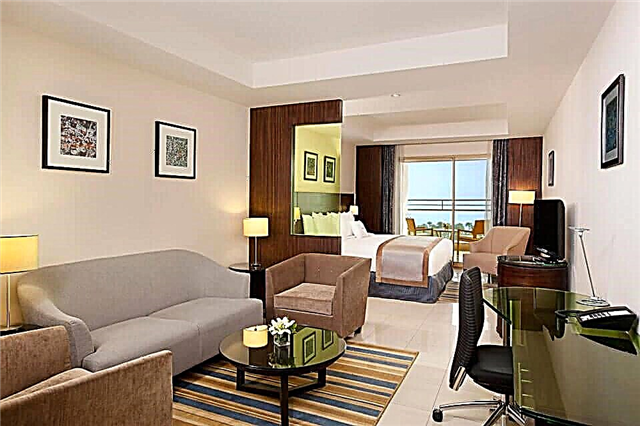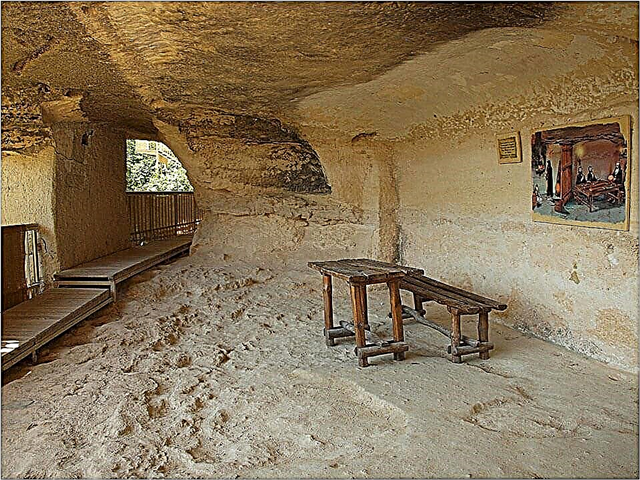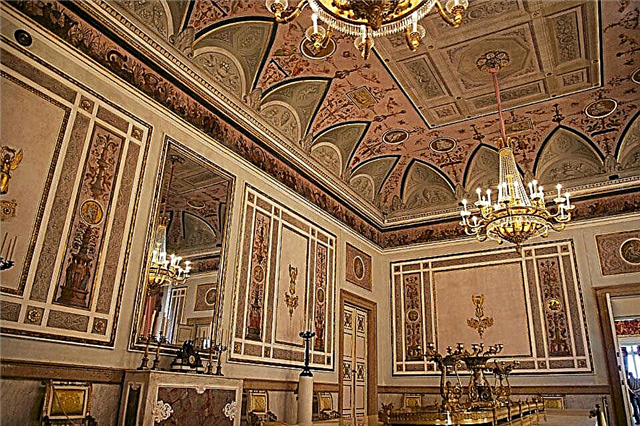Among the pompous palaces and cathedrals of Venice, museums stand out, where valuable works of art of world importance are kept. The Correr Museum is a collection of exhibits reflecting the life, culture and history of the Venetian state. Excellent paintings, sculptures, as well as various household items - all this makes a great impression on tourists.
History

The reason for the foundation of the city museum was the passionate love for the art of the Venetian patrician Theodor Correr. The heir to a noble family was born in 1750. Count Correr began his career in the state apparatus without much enthusiasm. The high position gave Theodore the opportunity to engage in his favorite hobby - collecting original household items and works of art. Pictures of famous artists, sculptures, weapons, china, old maps brought more joy in life than government service. During the Napoleonic occupation, the nobleman saved the exhibits from exporting them to France.
In 1830, Theodore Correr dies. According to his will, the rich heritage and significant financial resources were transferred to the disposal of the municipality to form the future museum. A few years later, a museum was opened in the Correr mansion under the leadership of the Venetian archaeologist and historian Vincenzo Lazari. Due to private donations, the number of exhibits was constantly growing. In 1880, the city authorities acquired the Fondaco dei Turchi Palace especially for the museum. However, even the large apartments of this house could hardly accommodate Correr's huge collection. It was decided to place the exhibits in various museums in Venice. The most valuable historical works of art were displayed in the spacious rooms of the building in Piazza San Marco.

Nowadays, the Correr Museum is located in a palace that has its own entertaining history. At the end of the 18th century, the French army occupied the Venetian Republic. By order of Napoleon, the construction of an annex was begun between the ensembles of the buildings of the Procurators' offices, bordering Piazza San Marco. The new wing outwardly repeated the appearance of the galleries built back in 1584 for the residence of the noble communities of Venice. The facade of the building was decorated with arched windows with pilasters, and the upper part was crowned with a wide sculptural cornice. A spacious staircase decorated with a balustrade led to a huge ballroom.
Initially, it was assumed that the wing would serve as a residence for the monarchs of the new state created by Napoleon. The final construction of the building was completed when Venice was already under the Austrian protectorate. Representatives of the Habsburg family settled in the palace. Therefore, the interior of the halls had to correspond to the imperial character of architecture. In 1820, the Venetian artist Giuseppe Borsato took over the interior decoration. The rooms of the palace are decorated with pilasters, the walls are faced with sculptural ornaments, and the ceilings are painted with frescoes. Carved mahogany furniture trimmed with bronze and marble, as well as Venetian glass chandeliers, skillfully complemented the rich decoration of the premises.
At the beginning of the 20th century, thanks in large part to the Italian Ministry of Culture, the luxurious chambers of the palace in Piazza San Marco became one of the main repositories of works of art.
Museum exposition - what to see?

The main concept of the Correr Museum is to display exhibits that represent the political, spiritual and cultural image of the Venetian Republic. The exhibition consists of several rooms dedicated to old paintings, engravings, household items, sculptural compositions and other valuable attributes. Many antique statues can be seen in the large halls of the palace. In particular, the marble sculptures of mythical characters - Orpheus, Eurydice and Venus - are extremely exquisite. Particularly noteworthy is the work of the famous Italian sculptor Antonio Canova, who depicted how Daedalus puts on the fragile wings of Icarus.
On the second floor of the museum, there are collections of objects that help to get an idea of the various aspects of Venetian life. This is a collection of coats of arms, coins, medals, seals, books, portraits of doges, models of ships and Venetian costumes. Outstanding works of art are at the center of the museum. The art gallery allows visitors to see the talented works of famous artists from different eras. Of particular note is Vittorio Carpaccio's painting "Two Venetians", which depicts two women on a terrace with a balustrade. One lady is playing with the dogs, the other is looking into the distance, holding a white kerchief in her hand. The picture is complemented by a young man watching the Venetians.
The famous panel by Lorenzo Veneziano "Christ handing over the keys to St. Peter", painted in 1369, is an excellent masterpiece. In the composition, the artist depicted Jesus Christ on a gold background, surrounded by apostles and angels. It is difficult to pass by the work of Giovanni Bellini "The Dead Christ Supported by Angels" and "Madonna and Child". The paintings are impressive with the clear contours of human bodies against the backdrop of a landscape distance.
Interesting canvases describing the historical events of Venice. Cesare Vecellio's painting "Procession in St. Mark's Square" depicts the procession of the Doge and his retinue through the Piazza San Marco during festive events. On the canvas, you can see many people and the exquisite architectural structures of the square.
Opening hours and ticket prices

Museum opening hours vary by season. From November to March, the doors of the palace are open from 10:00 to 17:00, and from April to October from 10:00 to 19:00. A visit to the museum is carried out with a single ticket, the price of which is 20 euros.
Where is it and how to get there
The Correr Museum is located on Piazza San Marco, in the architectural ensemble of the Procuration's buildings opposite the Cathedral of St. Mark. This is one of the main attractions in the center of Venice. All pedestrian roads lead here. You can take a water bus (vaporetto) to the pier of the San Marco area. The abundance of signs for tourists will not allow travelers to get lost.











